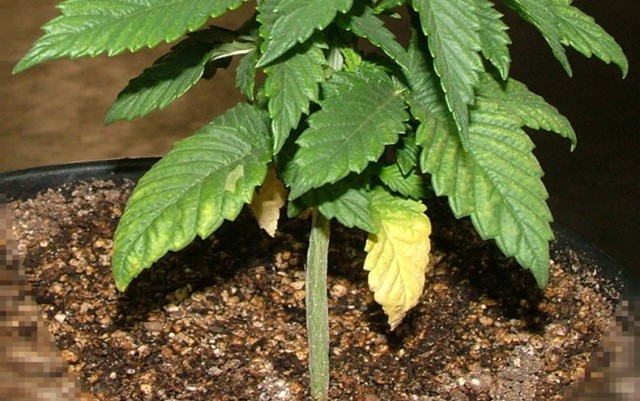The big three. You’ve seen the triple play of numbers displayed on every bottle of liquid or package of bulk bagged dry fertilizer taunting you like the spin dial of an old fashioned one-armed bandit from 1950’s Las Vegas. Those three numbers represent the N-P-K ratio by volume content of the material; the essential macro-nutrients; Nitrogen, Phosphorus and Potassium. How do you know if the product will lead you to jackpot yields or is simply tricking you into endlessly plugging coins until you’re busted like Franklin Gibbs in that haunting old Twilight Zone episode? Don’t gamble with Nitrogen application, let’s review the science and some best practices to keep you in the game.
During photosynthesis plants manufacture their own food. Plant cells employ numerous chloroplasts harnessing the energy of photons to build sugars, fatty acids, chlorophyll and proteins from atmospheric carbon dioxide plus water and nutrients drawn up from the roots, releasing oxygen as a waste product. Nitrogen is a key element in almost every substance created by the plant for survival and growth. While Nitrogen gas is the most abundant element in the atmosphere (78%); it is mostly not available or usable in this form. A planet-wide system called the Nitrogen Cycle transforms various compounds with the help of specialized bacteria into Nitrates which plant roots can access under proper conditions of pH, moisture levels and total dissolved solids. Plant roots can also get some Nitrogen from small amounts of ammonia. You can re-charge Nitrogen depleted soil naturally by planting Legumes such as Fava Beans or Snow Peas off-season where Cannabis has been harvested; simply till the spent plant material back into the soil a few weeks before the next season begins.
Nitrogen is considered “Mobile” in plants and can be transferred from expendable lower leaves to newer growth high in the canopy in times of scarcity. This is why Nitrogen deficiency first expresses as a yellowing and dying of the lower leaves which progresses upwards. Cannabis requires varying levels of Nitrogen for optimum vigor at distinct life stages. Too much can cause wild weak vegetative growth and delay flowering, too little can result in yellowing leaves and disappointing yields. The “Cannabis industry standard” N-P-K ratios for the most important life milestones are as follows:
- Clones / Seedlings 1-2-2
- Vegetative Growth 3-1-2
- Flowering 1-4-5
- Ripening 0-2-0
Blood Meal and Fish Emulsion are two examples of Organic substances rich in available Nitrogen. The fancy nutrient pre-mix solutions available online and from your local Hydro store are convenient and easy to use but they are very costly, even considering the high value crop that Cannabis is. Some pre-mixes are charging you top dollar for mostly water, and some bags of dry fertilizer are mostly inert material! Consider a 100 pound bag of granules with an N-P-K label certifying a guaranteed analysis of 8-8-8. That’s 8 pounds each of available Nitrogen, Phosphorus and Potassium (actually somewhat less than that for P & K, I’ll talk about the tricky math involved in future blogs); the rest of the bag is 76 pounds of inert material like sand, vermiculite or clay, for “ease of application”. Know what you are paying for !
Most states heavily regulate and carefully monitor the use of nitrate fertilizers. Excessive application of chemical fertilizers rich in nitrates can seep into groundwater, wells, and runoff into streams, lakes or oceans causing dire environmental consequences. Studies have linked high levels of nitrates in drinking water to “Blue-Baby Syndrome”. Nitrates are also occasionally responsible for algal blooms which trigger massive fish kills.
Disclaimer: Any advice and opinions offered about the cultivation of cannabis by Bruce N. Goren are his own and do not represent the University of California or the Master Gardener Program.






